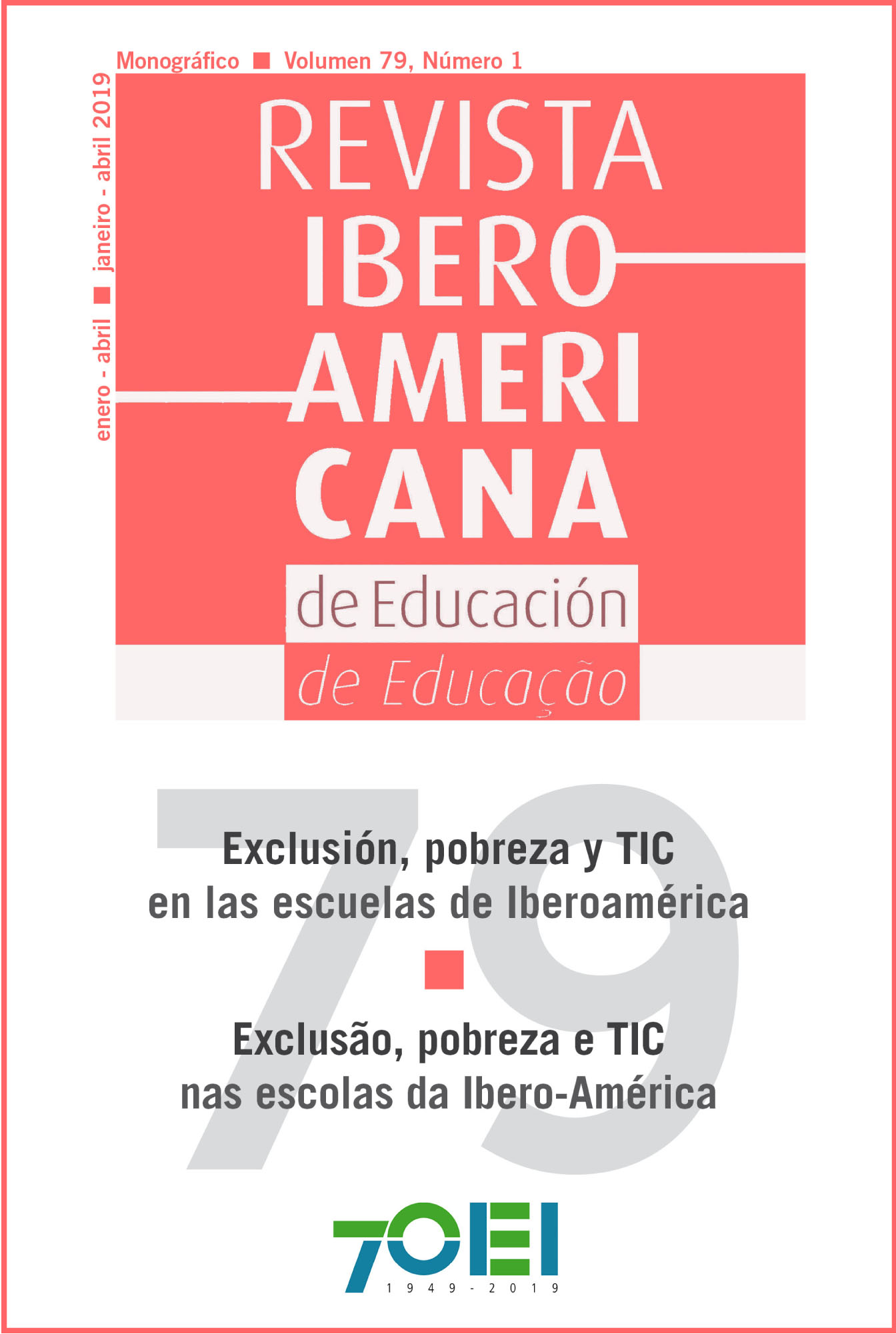Integration of information and communication technologies in the tsotsil indigenous region of the highlands of Chiapas
DOI:
https://doi.org/10.35362/rie7913403Keywords:
Information and communication technologies; teaching attitudes; cognitive processes; integration of ICTAbstract
The present article focuses on the study of attitudes towards the use of ICT as a learned disposition that involves cognitive processes and behavioral elements. In this regard, the aim is to analyze the attitudinal reaction that the teachers of the Tsotsil indigenous region of the Highlands of Chiapas have before the integration of information and communication technologies in the classrooms of the basic level. We opted for a consecutive sampling that tried to include all the subjects that were accessible as part of the sample, where we had access to a group of 137 indigenous teachers from the Tsotsil zone of the highlands of Chiapas, out of an estimated total of teachers in that area, territory of 1300. Among the main results obtained and described in this research, it is shown that the attitudes of teachers in the Tsotsil region, in general, are positive towards the use of information and communication technologies. This may be a factor that should be considered in the educational policies with ICT implemented by the Mexican government in the region.
Downloads
References
Area, M. (2002). Igualdad de oportunidades y nuevas tecnologías. Un modelo educativo para la alfabetización tecnológica. Educar, 29, 55-65.
Cabero, J. (2004). Formación del profesorado en TIC. El gran caballo de batalla. Comunicación y Pedagogía: Nuevas tecnologías y recursos didácticos, 27-31.
Cebrián, M. (1997). Nuevas competencias para la formación inicial y permanente del profesorado. Edutec. Revista electrónica de Tecnología educativa, 6.
Herdina, J. y Jessner, U. (2002). A dynamic model of multilingualism: Perspectives of change in psycholinguistics (Vol. 121). Multilingual Matters.
Imbernón, F. (1994). La formación del profesorado. Buenos Aires: Paidós.
INEGI. (2018). Disponibilidad y uso de TIC. https://bit.ly/2FjKeg2
Quero, S. y Madueño, L. (2006). Süchiki Walekerü: un ejemplo del uso de las TIC en escuelas indígenas. Caso Wayuu. Educere, 10(34), 435-442.
Quinchoa, W. (2011). Apropiación y resistencia social de las TIC en el resguardo indígena de Puracé, Cauca, Colombia. Revista iberoamericana de ciencia tecnología y sociedad, 6(18), 241-257.
Tamayo, J (2018). Hábitos de Usuarios de Internet en México 2018. https://bit.ly/2JYDUtD
Tejedor, F; García-Valcárcel Muñoz-Repiso, A. y Prada San Segundo, S. (2009). Medida de actitudes del profesorado universitario hacia la integración de las TIC. Comunicar: Revista científica iberoamericana de comunicación y educación, 33, 115-124.
UNESCO. (2009). Medición de las tecnologías de la Información y la comunicación (TIC) en educación - Manual del usuario. Montreal: UNESCO-IEU. https://bit.ly/2T4rcBi
Valdés, A; Olivarría, A; Gabriela, C; Angulo, J; Martínez, C; Alonso, E. y García, R. (2011). Actitudes de docentes de educación básica hacia las TIC. Magis. Revista Internacional de Investigación en Educación, 3(6), 379- 392.
Vallejo, P; Urosa, B. y Blanco, Á. (2003). Construcción de escalas de actitudes tipo likert. Madrid: La Muralla.
Villacrés, J. (2016). Incidence of the Use of Information and Communication Technologies (ICT) on Cultural Traditions of Kichwa Youths in Ecuador. Asian Journal of Latin American Studies, 29(1), 109-131
How to Cite
Downloads
Published
Issue
Section
License
Any authors who publish with this journal accept the following terms:















